Underrated Ideas Of Tips About How Do You Transpose Horizontally In Excel D3 Area Example
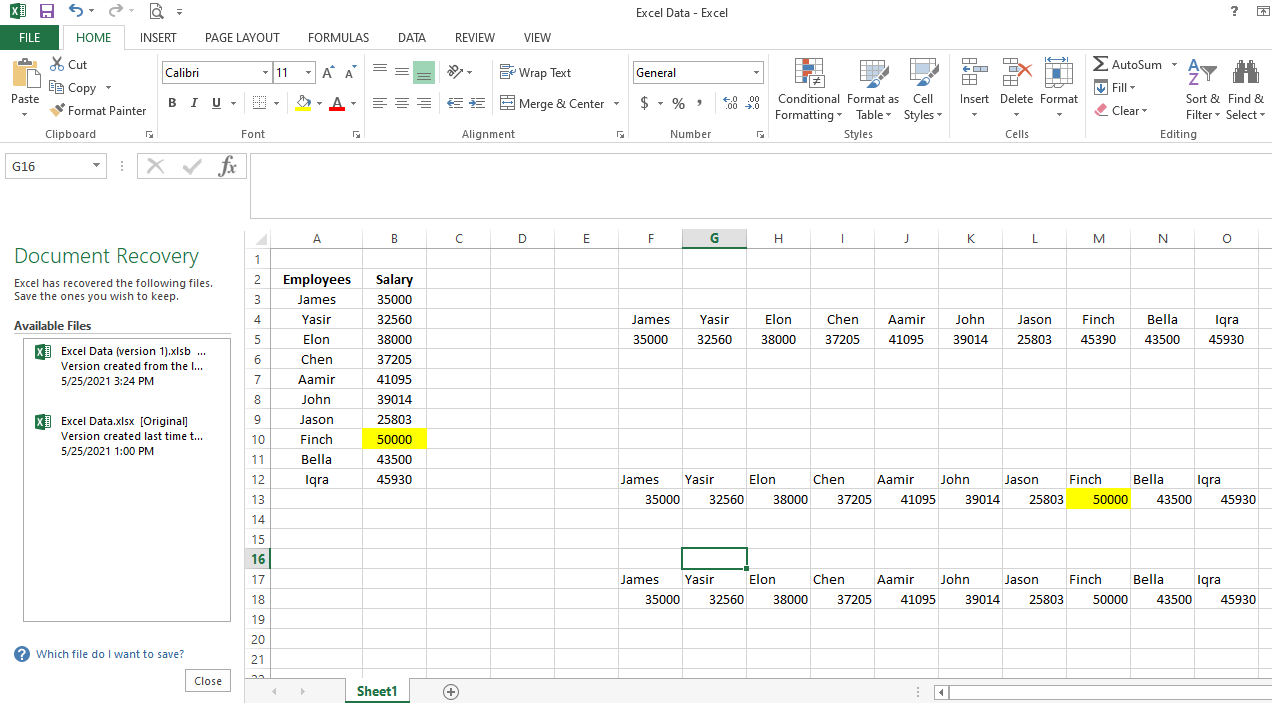
Select the cell where you want to paste the data.
How do you transpose horizontally in excel. If you have a dataset and you want to transpose it in excel (which means converting rows into columns and columns into rows ), doing it manually is a complete no! Select paste special, then transpose. Rotate columns to rows (and vice versa) using the transpose formula =transpose (array).
The data in the image below shows some students, their heights, weights, and ages. 5 rows and 6 columns, you will have to select 6 rows and 5 columns where you wish the output transposed data to appear. Transpose(array) the transpose function syntax has the following argument:
You’ll thoroughly enjoy the process of picking data and turning it 180 degrees around without anything moving out of order. Navigate to the home tab in the ribbon. Just expressed in the images below.
With it, you can quickly switch data from columns to rows, or vice versa. There you go, 3 easy ways to transpose your data in microsoft excel! Transpose data using power query.
In the example shown, the formula in b10 is: Select the entire data that is currently arranged horizontally. If you started to enter data in a vertical arrangement (columns) and then decided it would be better in a horizontal one (rows), excel has you covered.
Rotation of data from a horizontal to a vertical orientation is possible in three ways. The paste special window appears. Using sort command to flip data horizontally in excel.
Excel includes a transpose feature that allows us to flip horizontal data to a vertical format. Transpose (rotate) data from rows to columns or vice versa. Immediately, the paste special dialog box opens.
3 ways to transpose excel data. Let me show you how to do it here 🧐. Check out 3 ways to transpose your data in excel.
If you have a worksheet with data in columns that you need to rotate to rearrange it in rows, use the transpose feature. Since the introduction of dynamic arrays, my favourite method is using the transpose function. Transposing data with direct references.
=transpose (filter (data,group=fox)) where data. You can easily convert horizontal data to vertical and vertical data to horizontal by using the transpose feature in excel. Transpose(array) the transpose function syntax has the following argument:


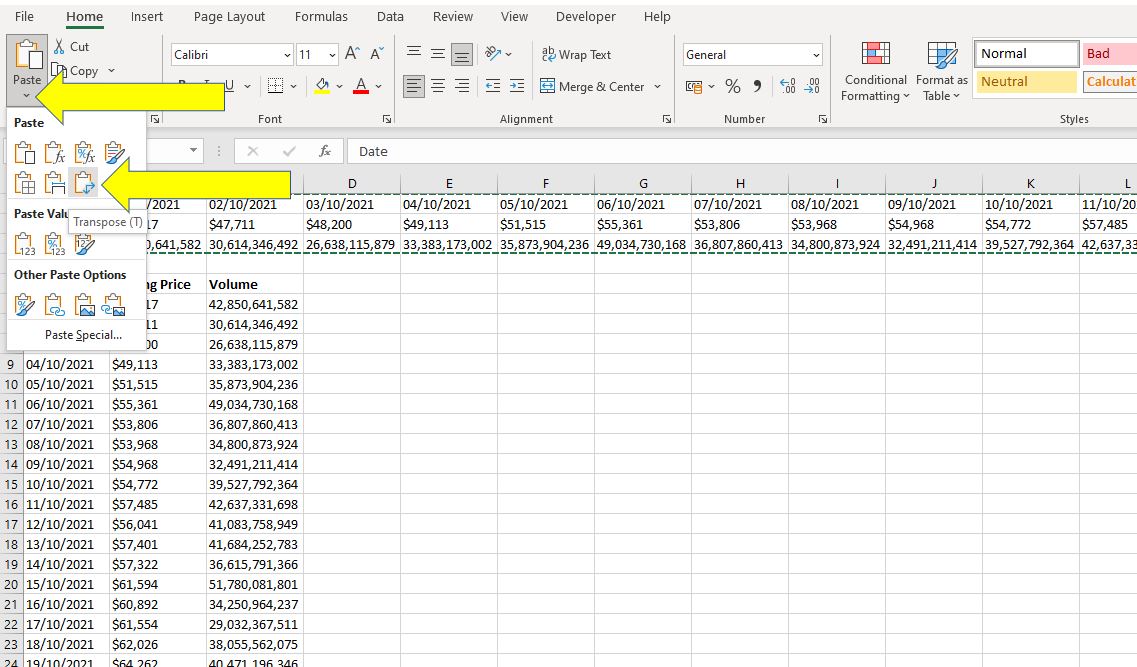
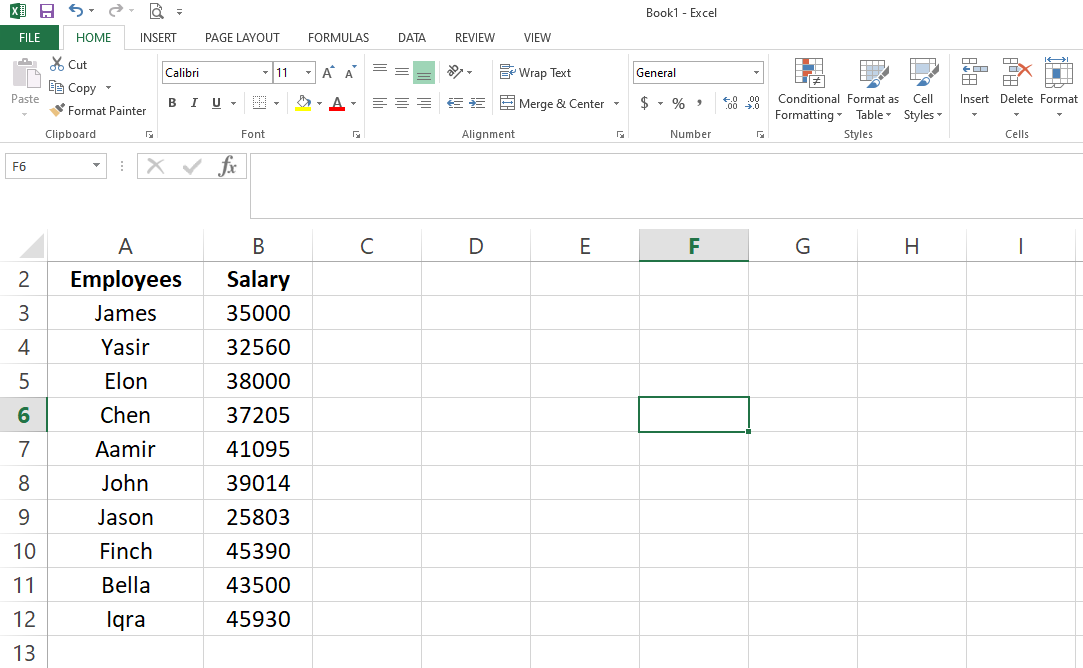


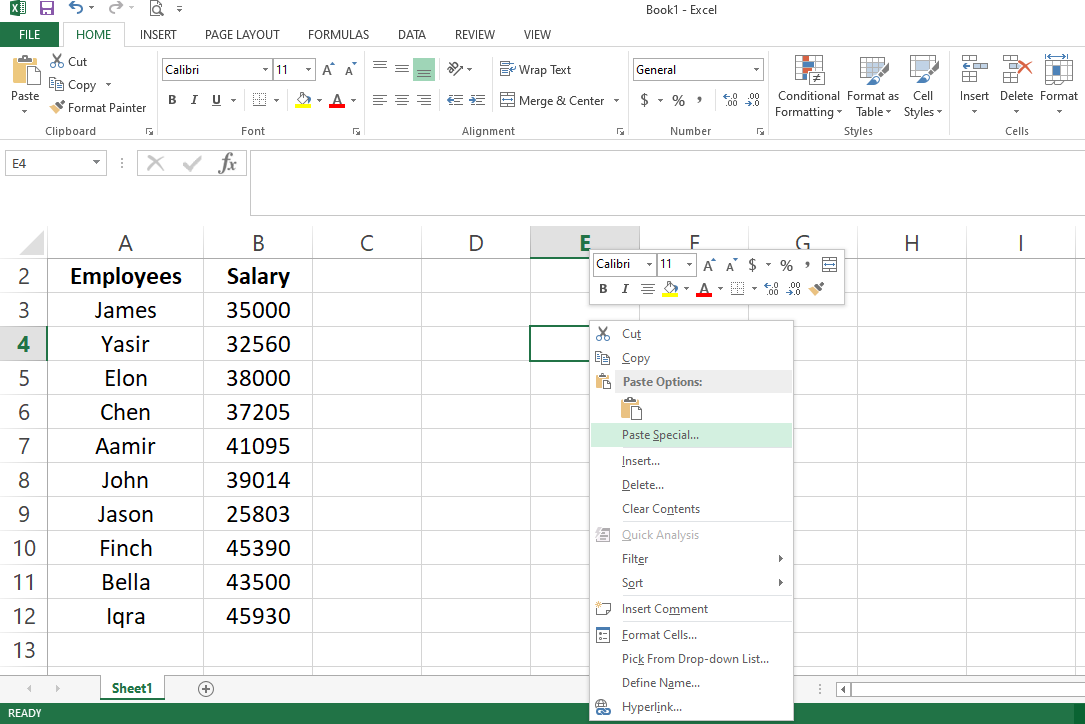
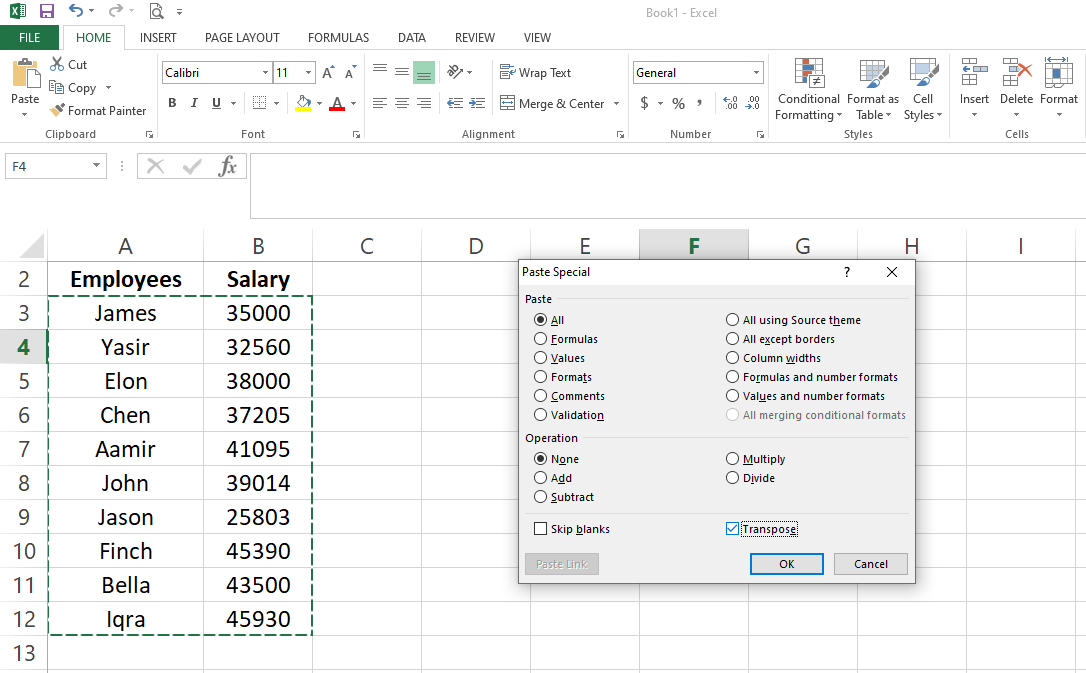
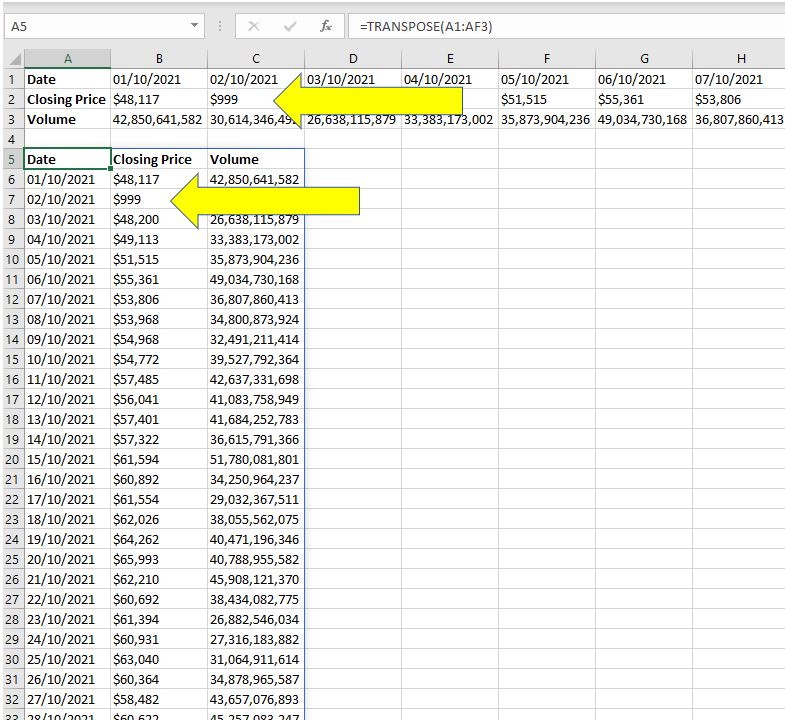



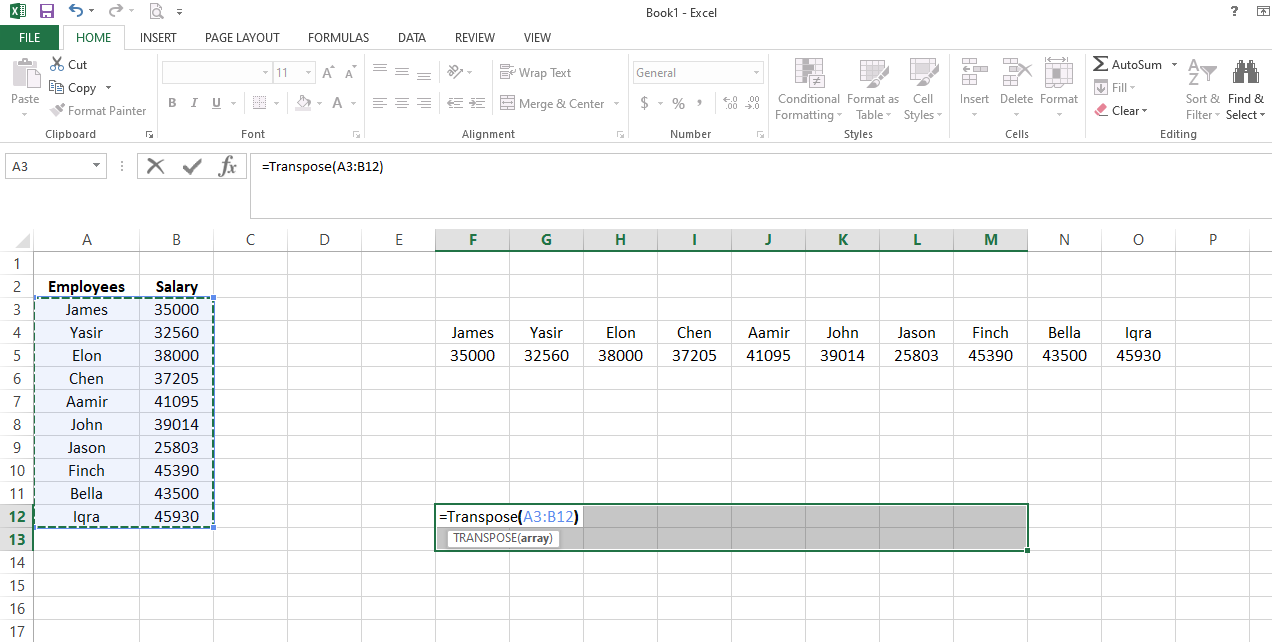
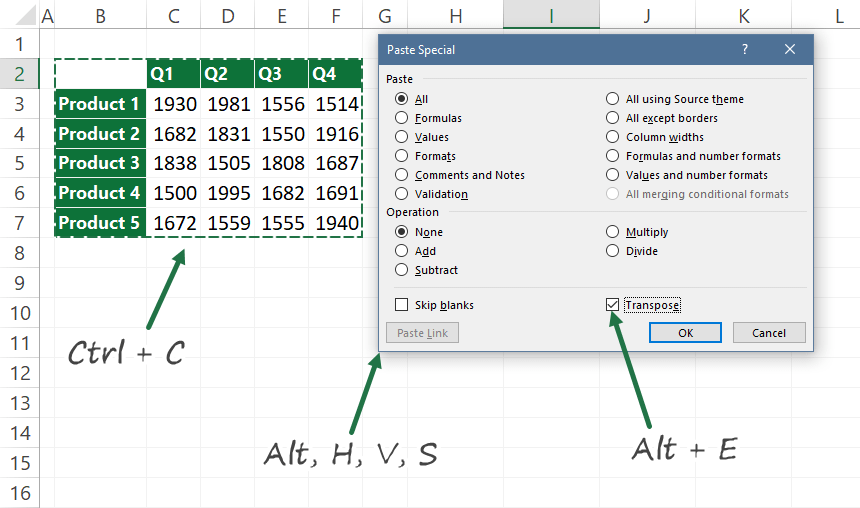
![How to Transpose Excel Columns to Rows [Horizontal ⇔ Vertical Table]](https://www.yoosfuhl.com/wp-content/uploads/2019/05/excel-swap-select-and-copy-table.jpg)

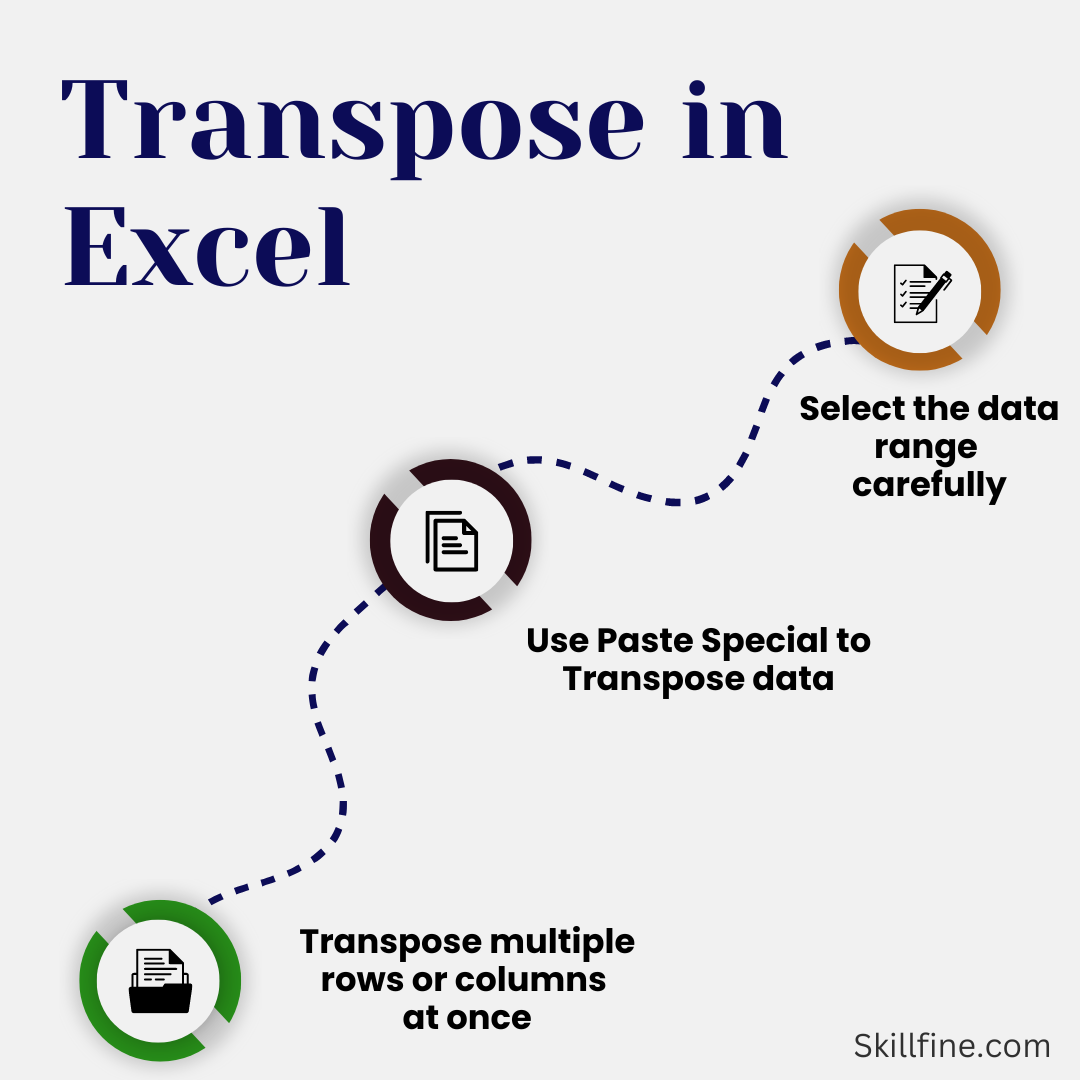
![How to Transpose Excel Columns to Rows [Horizontal ⇔ Vertical Table]](https://www.yoosfuhl.com/wp-content/uploads/2019/05/excel-swap-rows-to-columns-table-list-data.jpg)




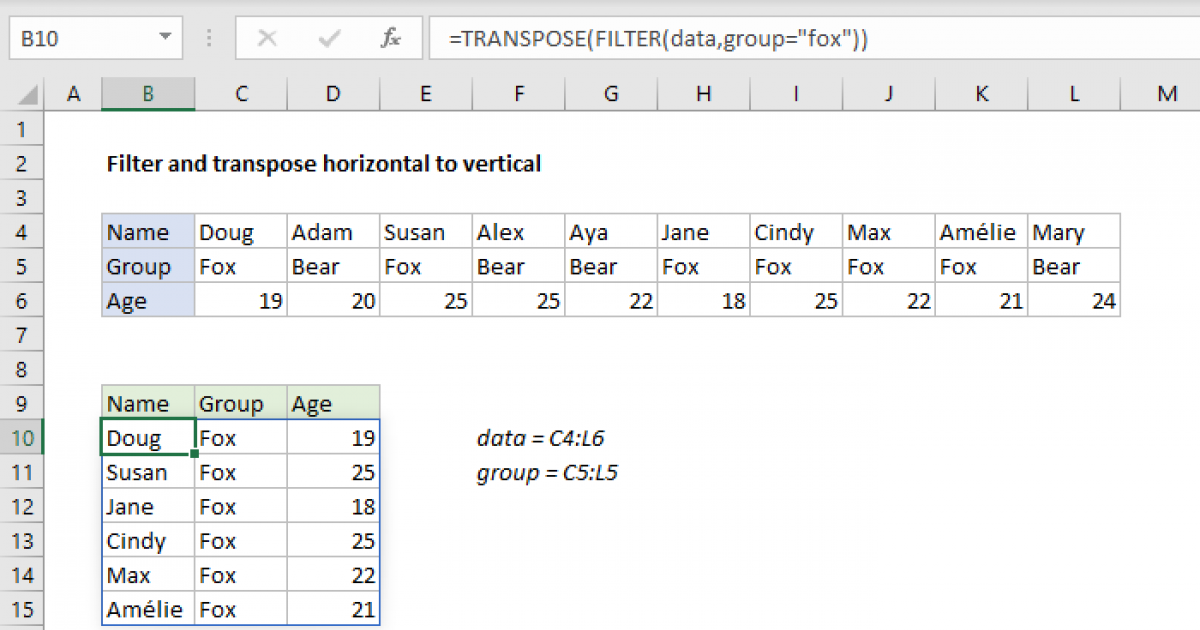
![How to Transpose Excel Columns to Rows [Horizontal ⇔ Vertical Table]](https://www.yoosfuhl.com/wp-content/uploads/2019/05/excel-swap-select-transpose-and-OK-button.jpg)